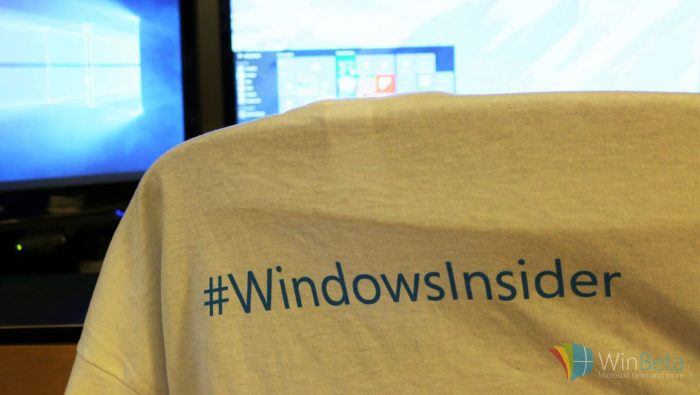How Microsoft promotes new Windows 10 Insider builds through internal branches and rings
4 min. read
Published on
Read our disclosure page to find out how can you help Windows Report sustain the editorial team Read more

With the release of a new Insider Ring for stable builds, Microsoft has detailed their internal process for getting Insider builds out to the fast and slow ring, and how each development branch differs internally and externally. These development branches distinguish between two types of builds, those with new features and those that focus on servicing and cumulative updates.
Builds with new features are known as “Feature Upgrades”, and come in the likes of the Windows 10 November Update (Version 1511) increasing the build number to 10586. On the other hand, builds that focus on servicing and cumulative updates do not contain any new features, and are applied to a specific Windows build. For example, the recently release cumulative update 10586.104 is a servicing update, not a feature upgrade.
New ‘Feature Upgrade’ builds will always be compiled with a new major build number such as 14263, and servicing/cumulative updates will increase the minor build number, which is found at the end of the major build number such as 10586.89.
Diving deeper into the different development branches, there are a few main purposes for different branches. We have
- Development Branch
- Current Branch
- Current Branch for Business
- Long-Term Servicing Branch
Each branch is focused on different kinds of updates, however the most interesting one is with the development branch, as that’s where Insiders get early access to new features that are still not ready for primetime. This is where Microsoft collects most of its feedback from Windows Insiders.
The Current Branch is where the current public release of Windows 10 sits. Build 10586 is now where the Current Branch is located, and is where Microsoft will issue the latest servicing updates and cumulative updates. It’s also where Microsoft will issue feature upgrades, once builds in the Redstone branch are ready for public consumption.
Moving on, the Current Branch for Business is the same as the Current Branch, but is on a 4 month delay to allow businesses to test the upgrade first before deploying it company-wide. Right now, build 10240 is still the latest available build for the Current Branch for Business.And finally, the Long-Term Servicing Branch (LTSB) is used to house the latest version of Windows 10 for enterprises. This branch allows for longer term deployment of Windows 10 releases, and is still focused on build 10240.
Microsoft has also detailed how internal rings have changed to help get builds out for the Insider fast and slow rings at a quicker pace. Microsoft says they are changing the ordering of how they promote rings, and the criteria builds need to pass to reach Insider fast and slow. As a result of this, Microsoft says more builds will be released to the public with a considerable amount of bugs, which some Insiders may want to take note of.
The slow ring will be used only when a build has been analysed and feedback has been given regarding whatever build is available in the fast ring. The slow ring will feature development builds that are more stable and have fixes / workarounds for issues that crop up when a build first hits the fast ring.
The Release Preview ring is the latest addition to these insider rings, and basically allows you to jump on the Current Branch for instant access to the latest available fixes. On desktops, this won’t differ much from what is already happening with cumulative updates, but with mobile, this ring will allow you to bypass carriers and get updates the second they are released without worrying about development builds.
Microsoft has done lots to improve its internal systems over the last few months, with OneCore and other internal systems being updates to help accommodate a faster Insider Program. Are you happy with these changes? Let us know below.








